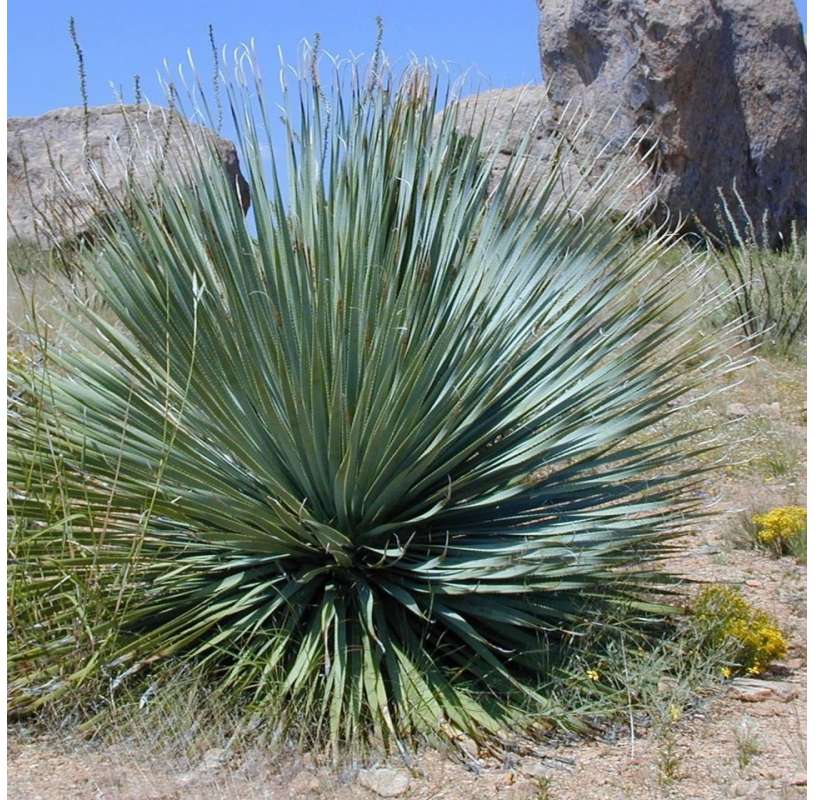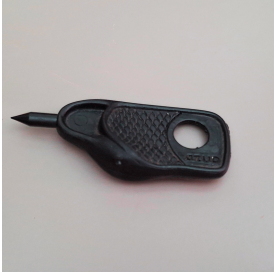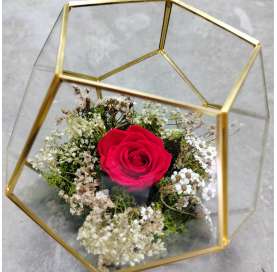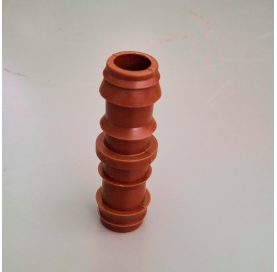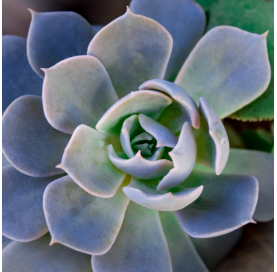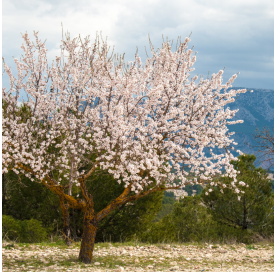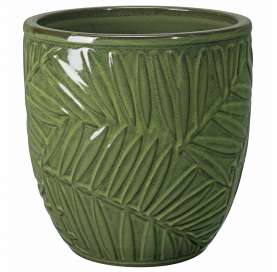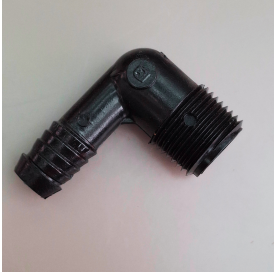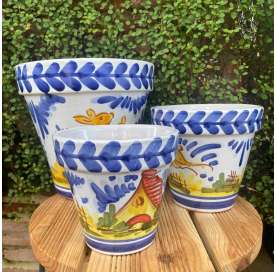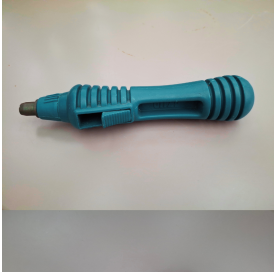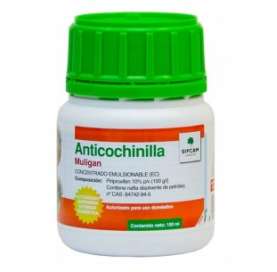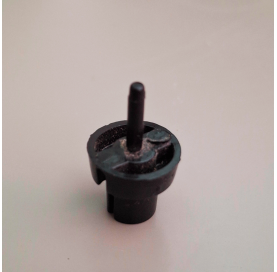Yucca rostrata
Yucca rostrata, commonly known as "blue yucca" or "beaked yucca," is a perennial succulent plant with an erect trunk that can reach up to 3 meters (10 feet) in height. Native to the southwestern United States and northern Mexico, it adapts well to arid climates. Its foliage is long and pointed, with a blue-green color, and it produces spikes of white flowers in summer. It is ideal for xeriscape gardens and requires full sunlight, well-draining soil, and moderate watering.
 Encrypted payments for greater security
Encrypted payments for greater security
To reduce the plant's time in transit, shipments are made from Monday to Wednesday.


Shipping only to mainland Spain and mainland Portugal
Description:
Yucca rostrata, commonly known as "blue yucca" or "beaked yucca," is a perennial succulent plant that belongs to the Asparagaceae family. It is characterized by its erect, elongated trunk, which can reach heights of up to 3 meters (10 feet). Its leaves are long, narrow, and pointed, with a blue-green color that gives it a distinctive ornamental appearance. In the summer, it produces spikes of white or creamy flowers that emerge from the top of the stem.
Origin:
This species is native to the arid and semi-arid regions of the southwestern United States and northern Mexico, particularly in states like Texas and New Mexico. It adapts well to dry climates and is commonly found in plains and rocky areas.
History:
Yucca rostrata has long been valued for its ornamental qualities and resilience to drought conditions. Its cultivation has spread beyond its native range, and it has been used in xeriscape gardens and low-maintenance landscapes, especially in warm climates.
Care:
- Light: Prefers full sunlight, although it can tolerate partial shade. Sun exposure promotes healthier and more robust growth.
- Soil: Requires well-draining, sandy soil. A cactus or succulent potting mix is ideal for its cultivation.
- Temperature: It is resistant to high temperatures and drought, but can tolerate light frosts. Ideally grown in warm, dry climates.
Watering:
It is essential to allow the substrate to dry completely between waterings. During the summer, it may need occasional watering, but in winter, the frequency should be significantly reduced to prevent root rot.
Pruning:
Pruning is not necessary, but dead or damaged leaves can be removed to keep the plant looking clean and tidy. The flowering stalk can also be cut back after blooming to encourage new growth.
Curiosity:
Yucca rostrata is known for its ability to adapt to drought conditions, making it a popular choice for xeriscape gardens. Additionally, its upright trunk and sword-like leaves give it a striking and sculptural presence in the landscape. In some Native American cultures, the leaves have been used to make ropes and textiles, taking advantage of their strength and flexibility.
Data sheet
- Name
- Yucca rostrata
- Origen
- southwestern United States and northern Mexico, particularly in states like Texas and New Mexico
- Height
- Can reach up to 3 meters
- Colour
- The leaves are a blue-green color, and the flowers are white or creamy, appearing in spikes
- Flowering
- Blooms in summer, producing flower spikes that emerge from the top of the trunk.
- Location
- Prefers full sunlight locations but can tolerate partial shade.
- Irrigation
- Requires moderate watering; it is essential to allow the substrate to dry completely between waterings.
- Applications
- Used in xeriscape gardens, low-maintenance landscapes, and as an ornamental plant in patios and gardens.
- Note
- Yucca rostrata is known for its drought resistance and adaptability to various climatic conditions.
12 other products in the same category:
-
Punch 3mm€0.50
-
Terrarium grande con rosa€41.00
-
16mm sleeve link€0.25
-
Guantes Eco€4.00
-
Echeveria desmetiana€6.00
-
Prunus dulcis - Almond Tree€25.00
-
Vaso Bocage€20.00
-
Elbow 16mm 1/2€0.60
-
-
Punch€8.50
-
-
Ballerina spare part€0.30
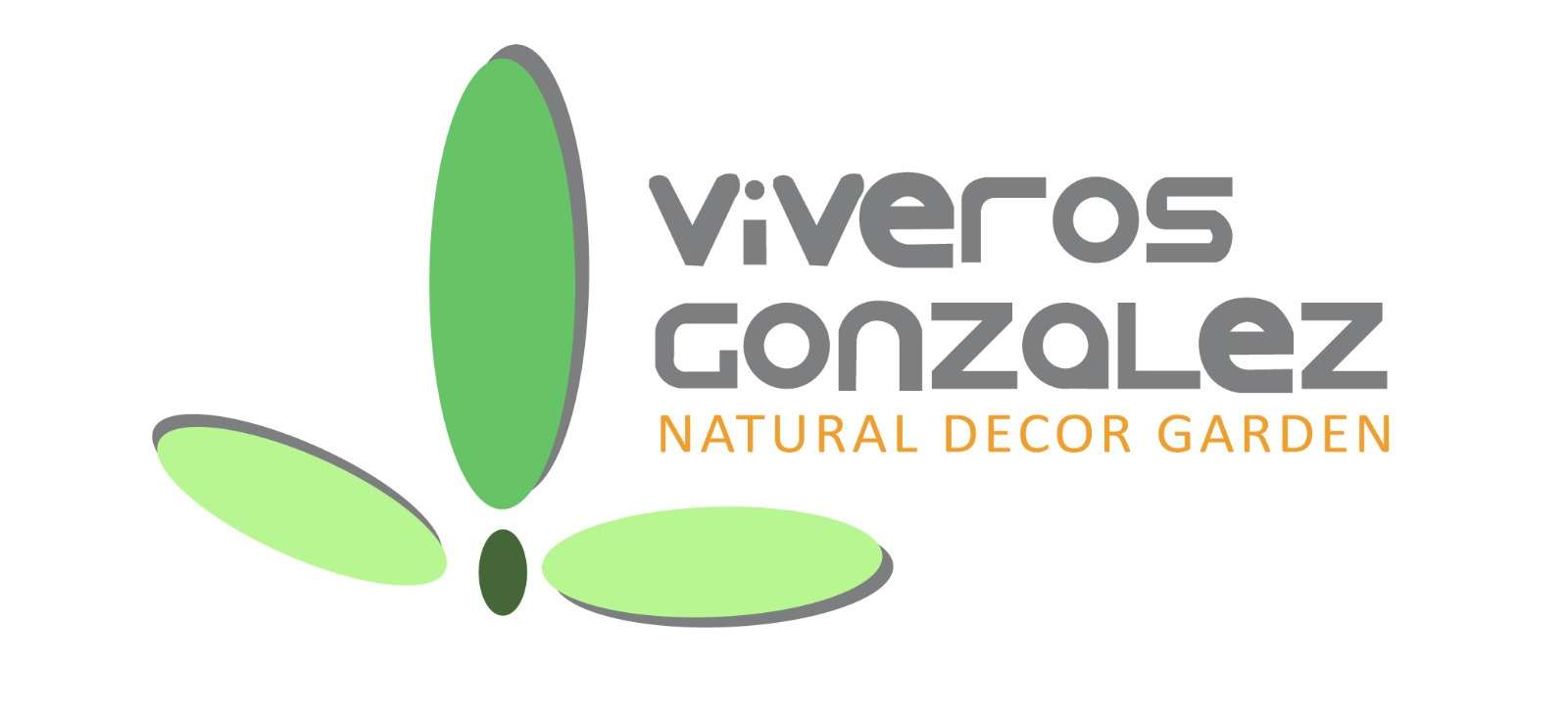
 English
English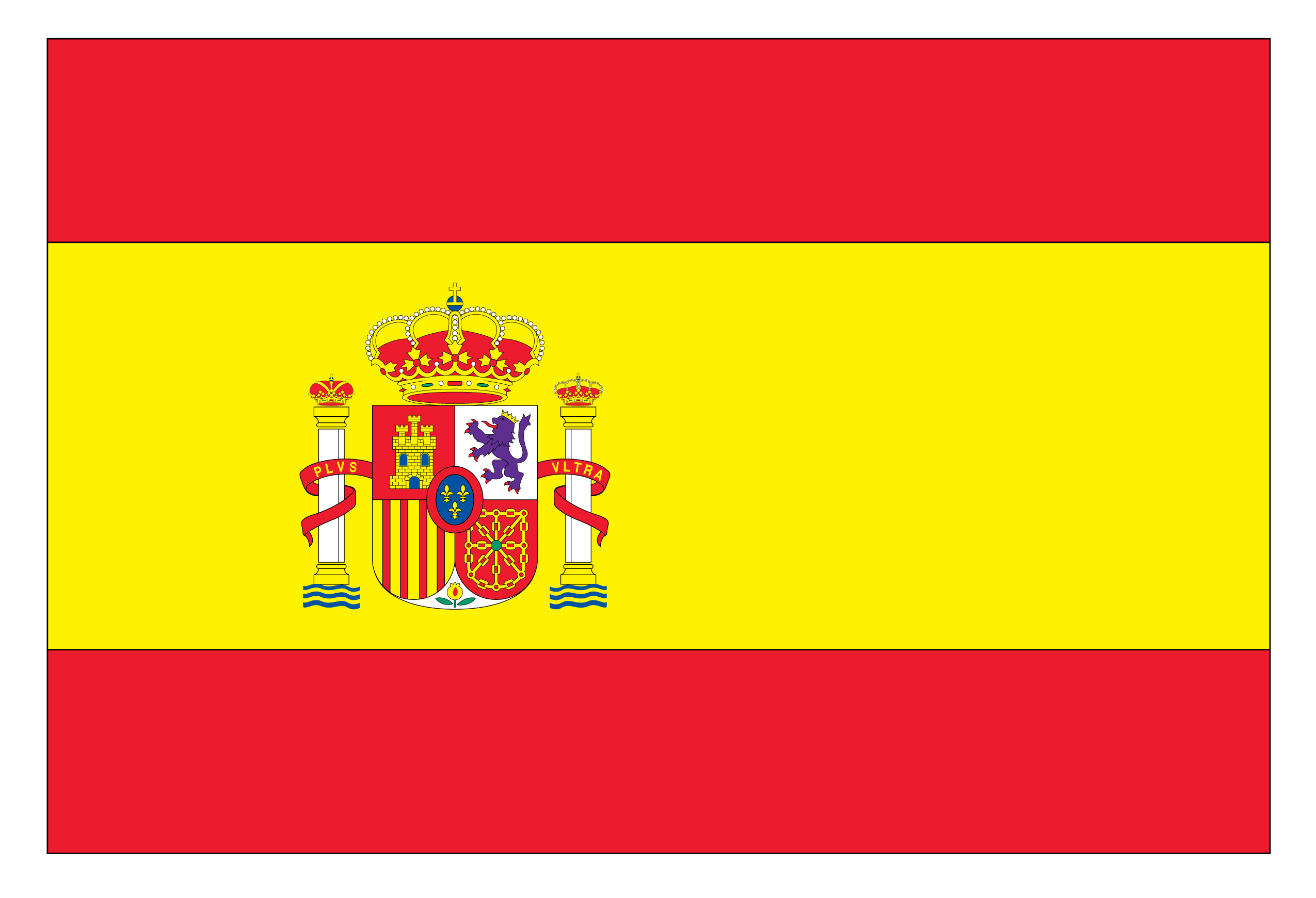 Spanish
Spanish